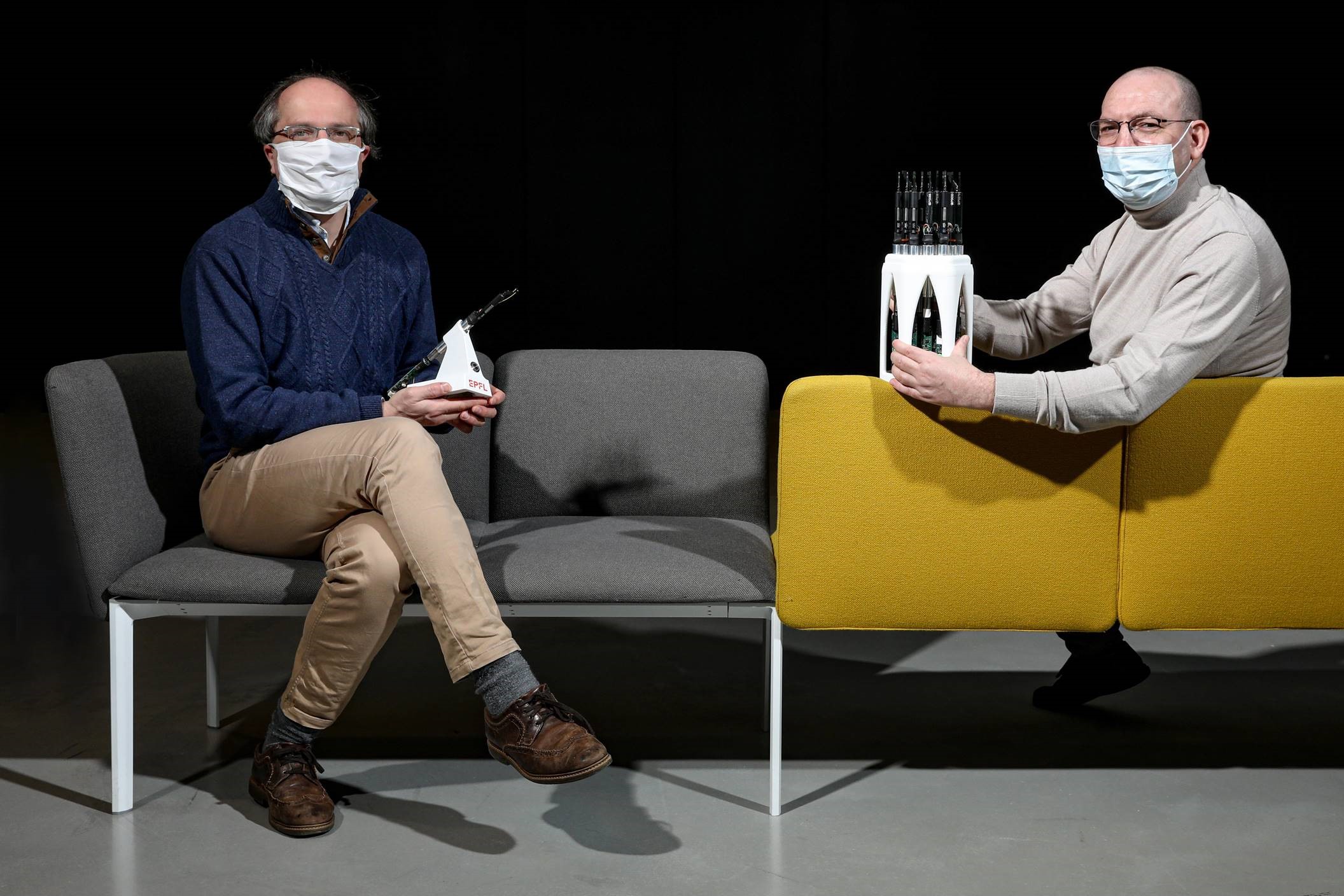Interview
Following the collaboration between EPFL and MPS concerning the creation of micro-robots to broaden the horizon of astrophysics. Mr. Jean-Paul Kneib, director of the Laboratory of Astrophysics at EPFL has accepted to answer our questions.
MPS: Looking back, can you describe in a few words what was the major challenge of the collaboration between EPFL and MPS and how it was mastered?
JPK: The goal of this project was to realize in a relatively short time optical fiber positioning robots for the SDSS-V project, which will install these robots on 2 telescopes.
We started with a design and prototypes entirely made by EPFL, with requirements in terms of precision on the final positioning of the robot after calibration of the order of a few microns.
The challenges were therefore:
- short development time
- production of 1200 robots accurate in terms of positioning
The mastering of these challenges was, in my opinion, possible through a close collaboration between EPFL and MPS
- the setting up of weekly meetings ensuring the follow-up between the technical and management teams of EPFL and MPS
- a good communication between the technical staff of EPFL and MPS responsible for the project
- a high quality work from MPS, following a good consideration of the expectations and needs of EPFL
MPS: What is the best memory you have of this collaboration?
JPK: The good understanding and the good progress of the project, and this despite the difficulties encountered which were various but which we managed to overcome (technical, management, and external problems with the COVID pandemic).
MPS: You have equipped 2 telescopes with thousands of optical fibers. Is it a trend in the field of astrophysics to install this type of technology on other telescopes?
JPK : Indeed, it is the tendency in astrophysics, we have more and more sensitive sensors which allow us to identify in greater numbers the position, on the celestial sphere, of objects in the universe (stars, galaxies, quasars, supernovae, ...). However, to characterize these objects, it is important to obtain a spectrum for all these objects, and so we need to parallelize the collection of these spectra and the use of optical fiber positioning robots is an efficient way to realize this parallelization and to measure at the end the distance and physical properties of these objects.
MPS: In the article you mention the search for dark matter, let's project ourselves into the future and tell me if my parents (they are now 60 years old), myself (I am 23 years old) or my children will have the proof that dark matter exists and what are its properties.
JPK: From my point of view, we already have very good reasons to think that dark matter exists. On the other hand, what we do not know yet is what the nature of Dark Matter is, that is to say what are the properties of the "particles" of Dark Matter. For example, today we know the density of Dark Matter around our galaxy, but we do not know the mass or size of the Dark Matter particles. In 5 to 10 years with astronomical observations on one hand and maybe also with CERN it should be possible to put constraints on the mass of the Dark Matter particle and also with what degree this Dark Matter particle interacts or not with the baryonic matter (made of neutrons, protons and electrons).
We thank Mr. Jean-Paul Kneib for taking the time to answer these questions. We wish him all the best for the rest of his wonderful career.
